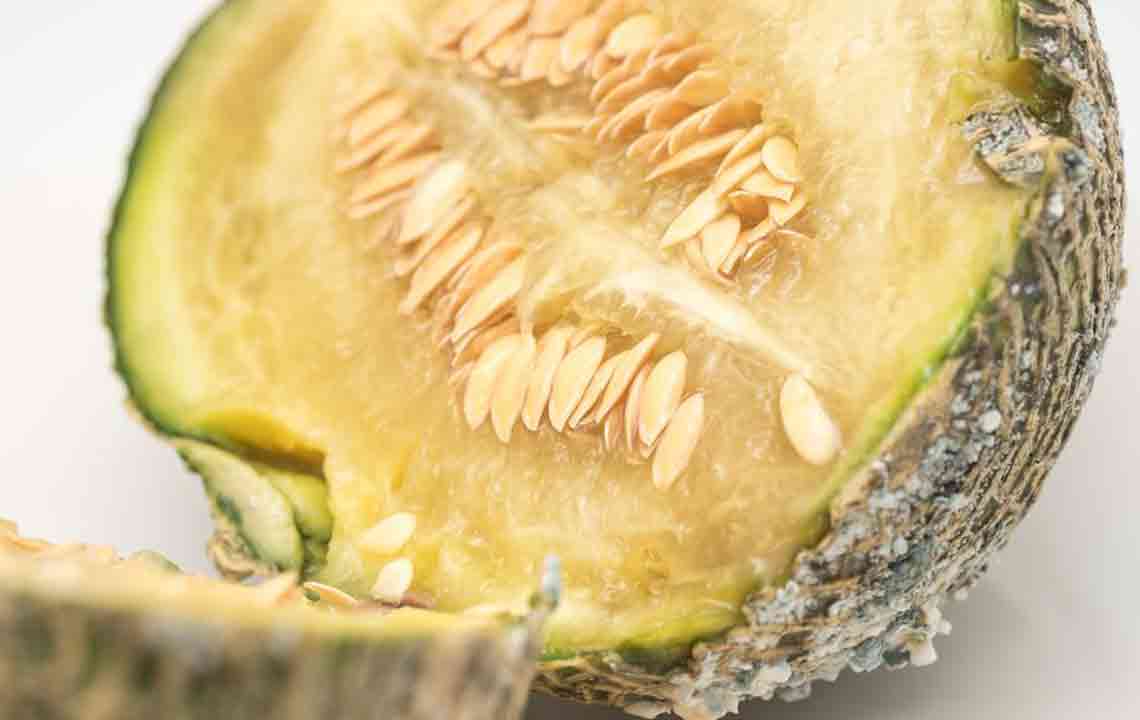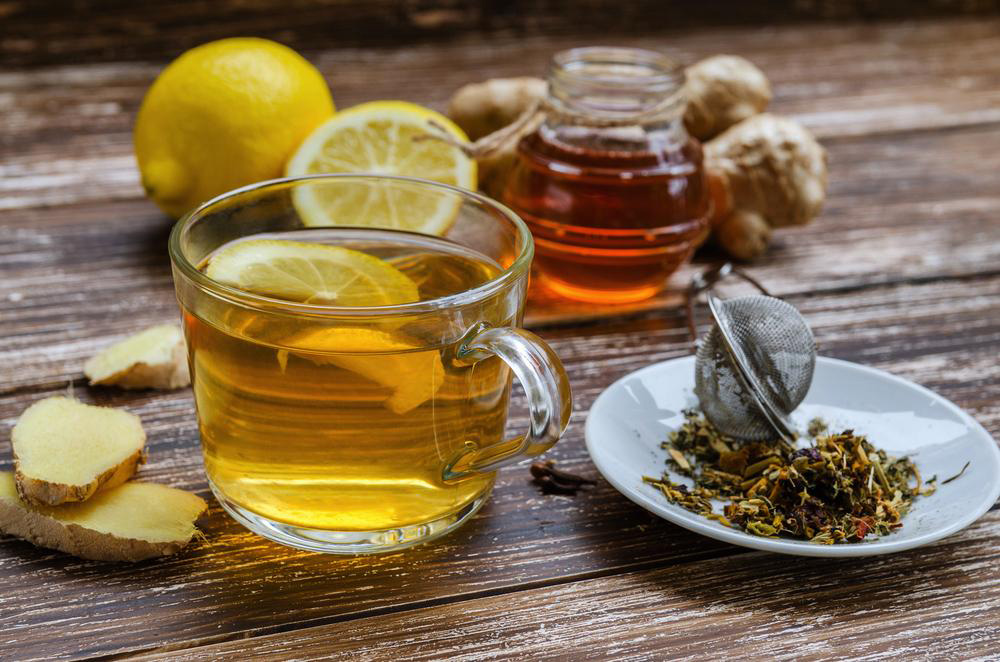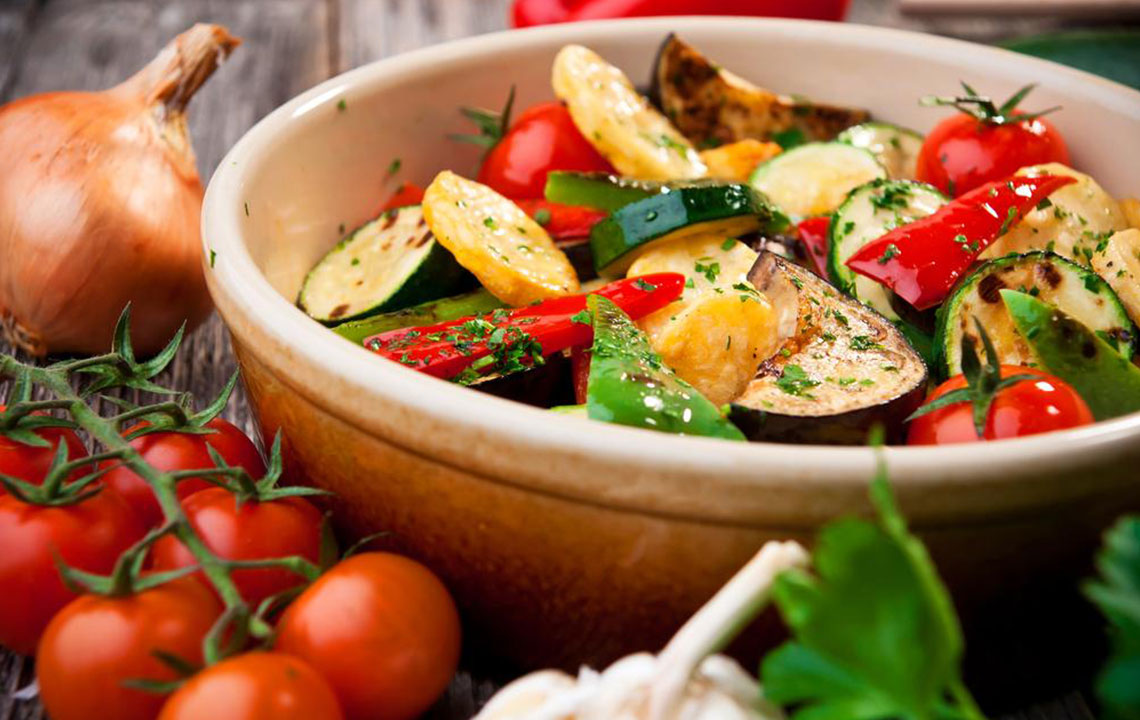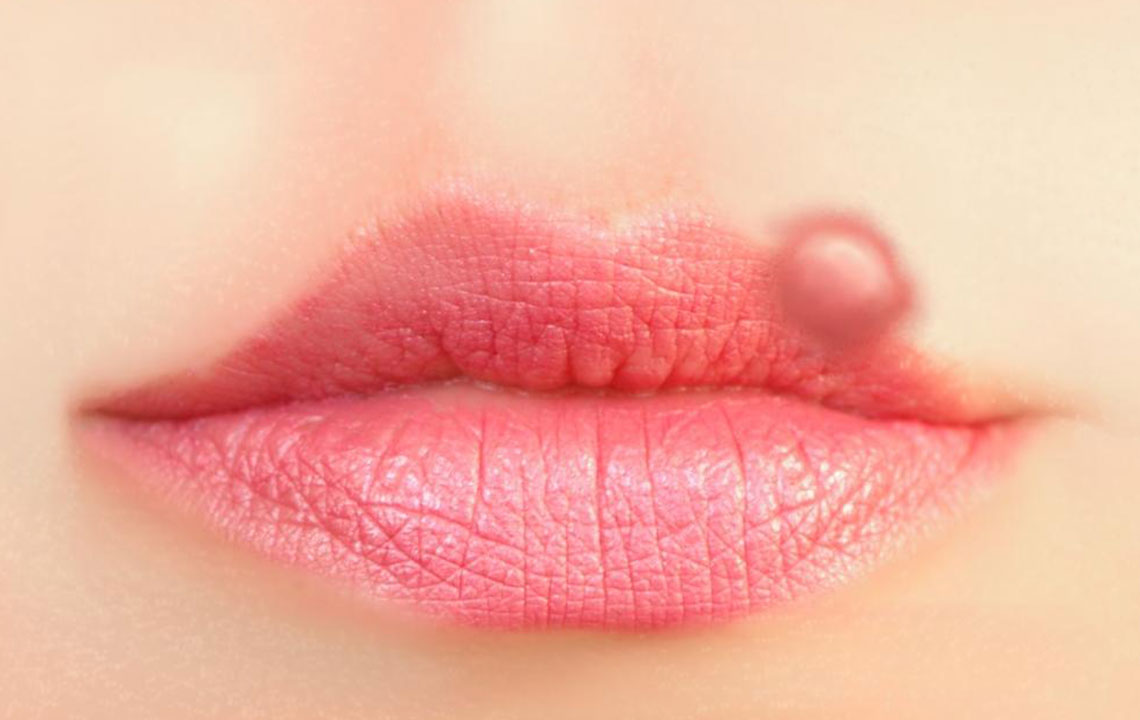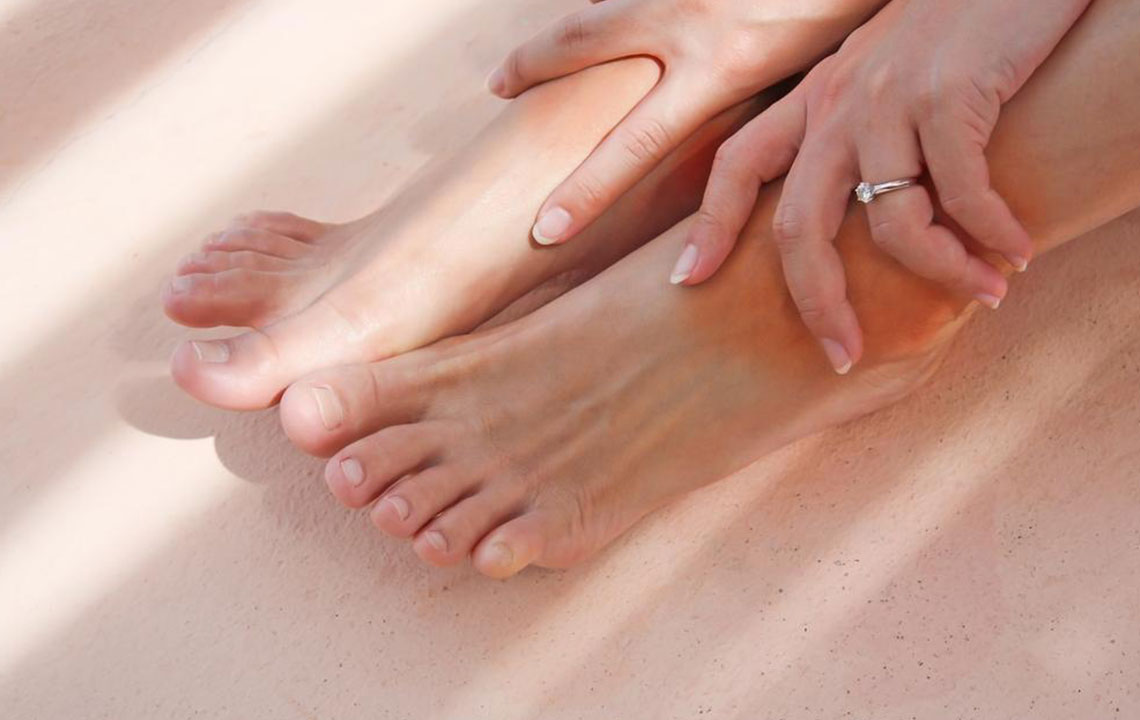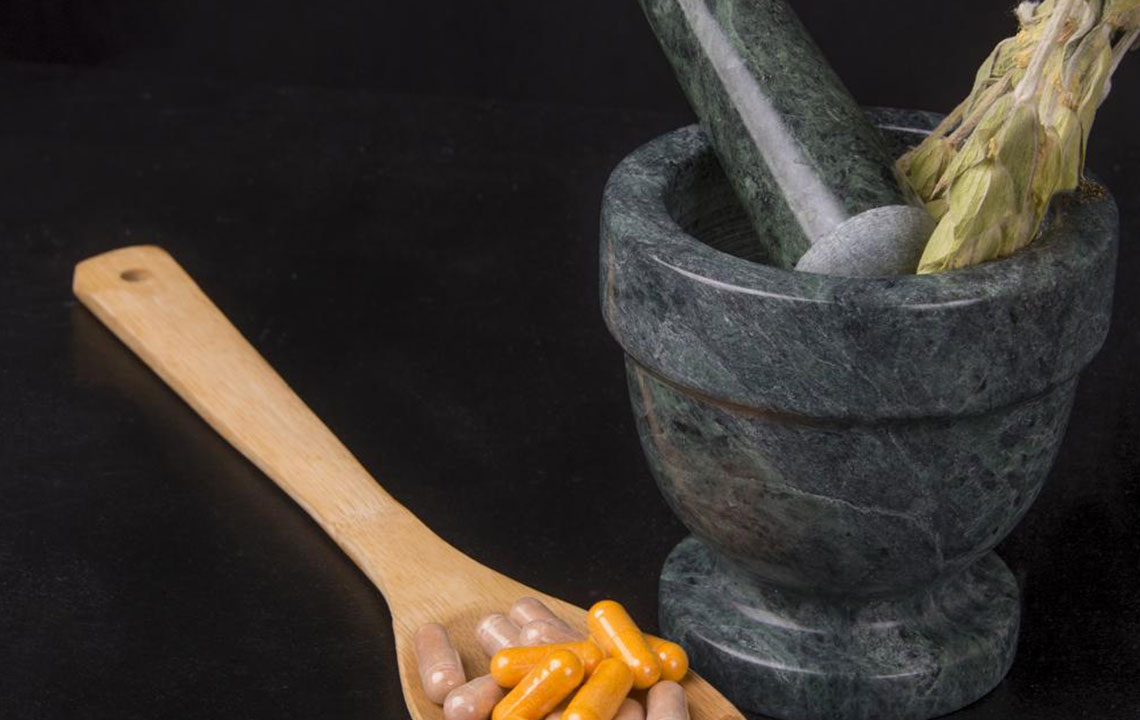Effective Treatments for Yeast Infections You Can Trust
Discover proven natural remedies and treatment options for yeast infections. From probiotics like yogurt to essential oils such as tea tree and oregano, learn how to manage and prevent yeast overgrowth effectively. This guide emphasizes safe and practical solutions to restore health and comfort, encouraging consultation with healthcare providers for persistent issues.
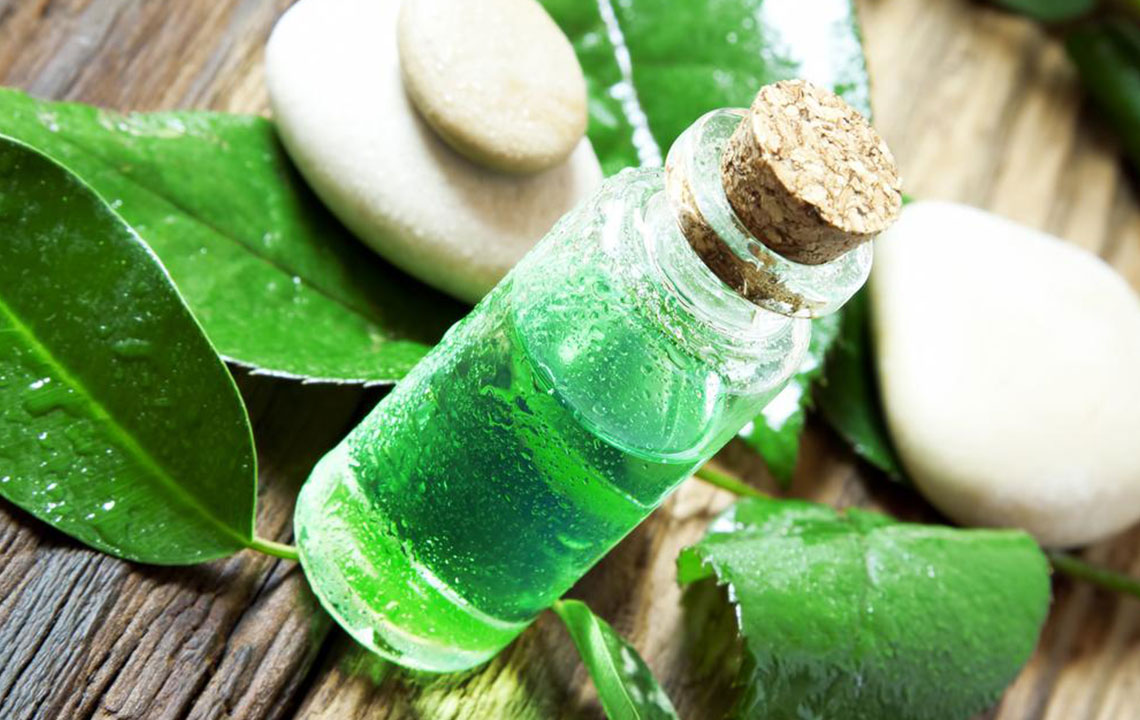
Effective Treatments for Yeast Infections You Can Trust
The human microbiome, a vast community of microorganisms including bacteria, fungi, and viruses, mostly supports our health by aiding digestion and immunity. However, an imbalance—where certain organisms overgrow—can lead to infections, rashes, and allergic reactions.
Yeast Infections
This condition involves the overgrowth of Candida, a common fungus within our microbiota. Normally kept in check by beneficial bacteria, an excess of Candida can cause discomfort and health issues.
The most prevalent yeast infections occur in women’s vaginal areas.
Oral thrush affects mouth corners and throat, causing irritation.
Throat infections, called Candida Esophagitis, can lead to swallowing pain.
Skin yeast infections result in rashes and itching.
Bloodstream infections are severe and can be life-threatening.
Common Forms of Yeast Infections
Women often experience genital yeast infections, especially when antibiotics, pregnancy, or hormonal therapies disturb microbial balance. Beneficial bacteria usually produce acids that restrict yeast growth, but antibiotics can deplete these bacteria, allowing Candida to overgrow.
The main culprit is Candida albicans. To manage and treat yeast infections, consulting a healthcare professional or using over-the-counter remedies is recommended. Many women prefer natural approaches, which have proven effective through time.
Probiotic Foods
Foods rich in probiotics, like yogurt containing Lactobacillus acidophilus, support healthy microbiota, helping to regulate yeast overgrowth. Applying yogurt directly to infected areas can also soothe irritation and aid healing.
Apple Cider Vinegar
Apple cider vinegar possesses antifungal properties. Diluting three tablespoons in water and using it to douche affected areas can help combat yeast. Combining it with colloidal silver may boost its effects.
Boric Acid
Topically applying boric acid can help clear yeast infections, but caution is essential. It is toxic if ingested, and should be avoided if there are cuts or if pregnant. Proper dosage is critical to prevent adverse effects.
Tea Tree Oil
Known for antifungal activity, tea tree oil should be diluted with a carrier oil such as coconut oil to prevent skin irritation. Testing on a small skin patch is advisable before use internally with a soaked tampon for a few hours.
Oregano Oil
Wild oregano oil contains potent antifungal compounds like thymol and carvacrol. Diluted in carrier oils, it can be applied similarly to tea tree oil to help combat yeast overgrowth.
Garlic
Garlic's natural antifungal properties make it a helpful addition to your diet, aiding in yeast infection control when consumed regularly.
Cranberries
Unsweetened cranberry juice is known for urinary and microbial health. Drinking a daily glass can help prevent yeast overgrowth and support overall health.
Coconut Oil
Coconut oil exhibits antifungal properties against Candida albicans. Applying it directly or using it as a carrier for essential oils can accelerate healing. If symptoms persist, seek medical advice to ensure proper treatment.
Note:
The information shared here offers practical insights based on research. It should not replace professional medical advice. For persistent or severe symptoms, always consult a healthcare provider. Our website cannot guarantee the accuracy or completeness of third-party data or offers.

